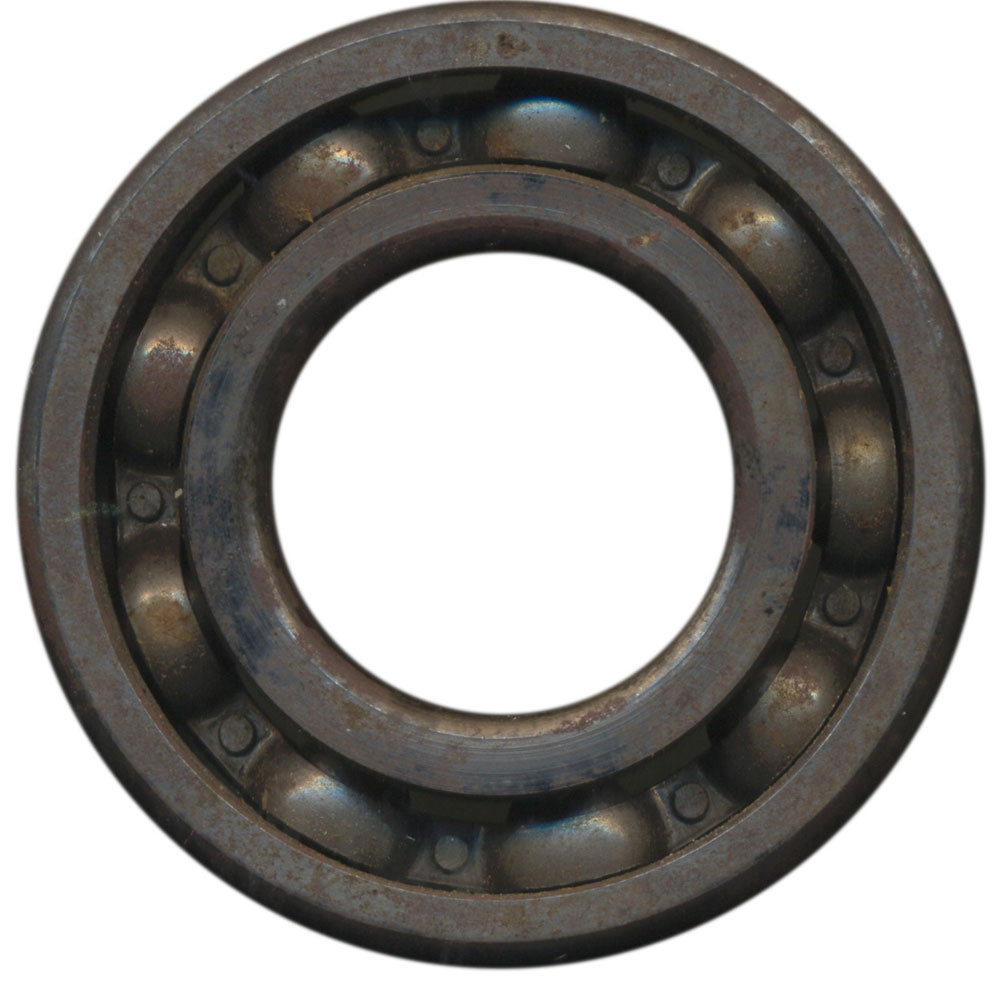Improper lubrication causes over half of all the bearing damage that we see in the aftermarket. Timken offers these helpful procedures for packing a bearing with grease.
The useful life of a tapered roller bearing depends to a great extent on the proper lubrication of the bearing. This is especially true in wheel bearings where operating conditions include dirt, moisture and high and low temperatures.
Lubricants aid in carrying away heat, protecting bearing surfaces from corrosion and reducing friction.
By Hand
1) Thoroughly clean your hands or put on a new pair of latex gloves.
2) Place a blob of grease, approximately the size of a golf ball, into the palm of one of your hands.
3) Using your opposite hand, push the large end of the bearing cone assembly into the grease. This enables the grease to be forced between the rollers, cage and cone.
4) Continue pushing grease into the large end, rotating the entire cone assembly, until the grease is forced out evenly around the entire small end.
5) Smear excess grease on the outside of the bearing cone assembly.
Using A Mechanical Grease Packer
1) Thoroughly clean your hands or put on a new pair of latex gloves.
2) Place the bearing cone assembly, small end down, into the grease packer funnel.
3) Plug the bore of the large end of the bearing cone assembly with the conical retainer.
4) Firmly press down on the conical retainer. This enables the grease to be forced between the rollers, cage and cone.
5) Smear excess grease on the outside of the bearing cone assembly.
NOTE:
For best results, ample space is essential in the housing to allow room for excess grease to be thrown from the bearing and for heat dissipation. It is equally important to retain the grease around the bearing. Normally, the housing should be 1/3 to no more than 1/2 full of grease during bearing assembly. Too much grease in the housing may cause excess churning of the grease and high temperatures.







